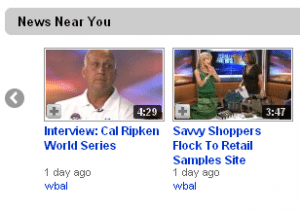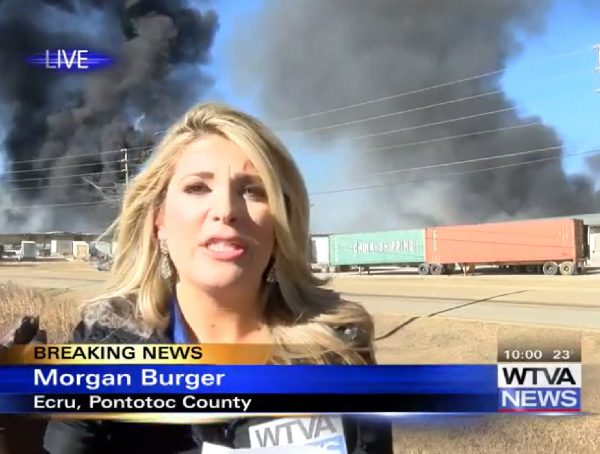 As a video news aggregator, YouTube is just getting started. And local television news managers aren’t quite sure what to think about its “News Near You” feature, launched earlier this year.
As a video news aggregator, YouTube is just getting started. And local television news managers aren’t quite sure what to think about its “News Near You” feature, launched earlier this year.
Unlike Google News, YouTube isn’t trolling for stories already posted on news sites. It’s asking news organizations to sign up as partners in return for a small slice of any revenue generated by their videos. According to the New York Times, only about 200 of the 25,000 news sources listed on Google news have agreed to become video suppliers. Why not more?
“It’s an old conundrum,” Marc Nathanson, an executive producer of NY1.com, said. “When you have valuable content, do you make people come to you for it? Or do you put it out there to enhance the brand and hope that users find their way back to you for more?”
Jim Willi, senior vice president of the consulting firm AR&D, said that was his initial concern as well.
…just like when local stations started providing news on CNN, it means we are giving away our biggest strength – localism – that drives viewers to our TV station websites.
But he’s been persuaded otherwise by his colleague Terry Heaton, who argues the YouTube audience is unlikely to ever visit a station’s Web site, so “it is an audience that we will never reach any other way.”
The “News Near You” feature compiles selected news videos posted within 100 miles of a user’s log-in location. My page displays videos from The Washington Post as well as TV stations in Lancaster, Pa. and Baltimore, Md. , which really don’t qualify as local news for someone in DC. Presumably, if more stations signed up, the relevance of the videos would improve.
So is YouTube a threat to local TV news? Not now and maybe not ever. The real threat may be stations’ inability to see the value of sharing their content as widely as possible, even if there’s no immediate benefit to the bottom line.








